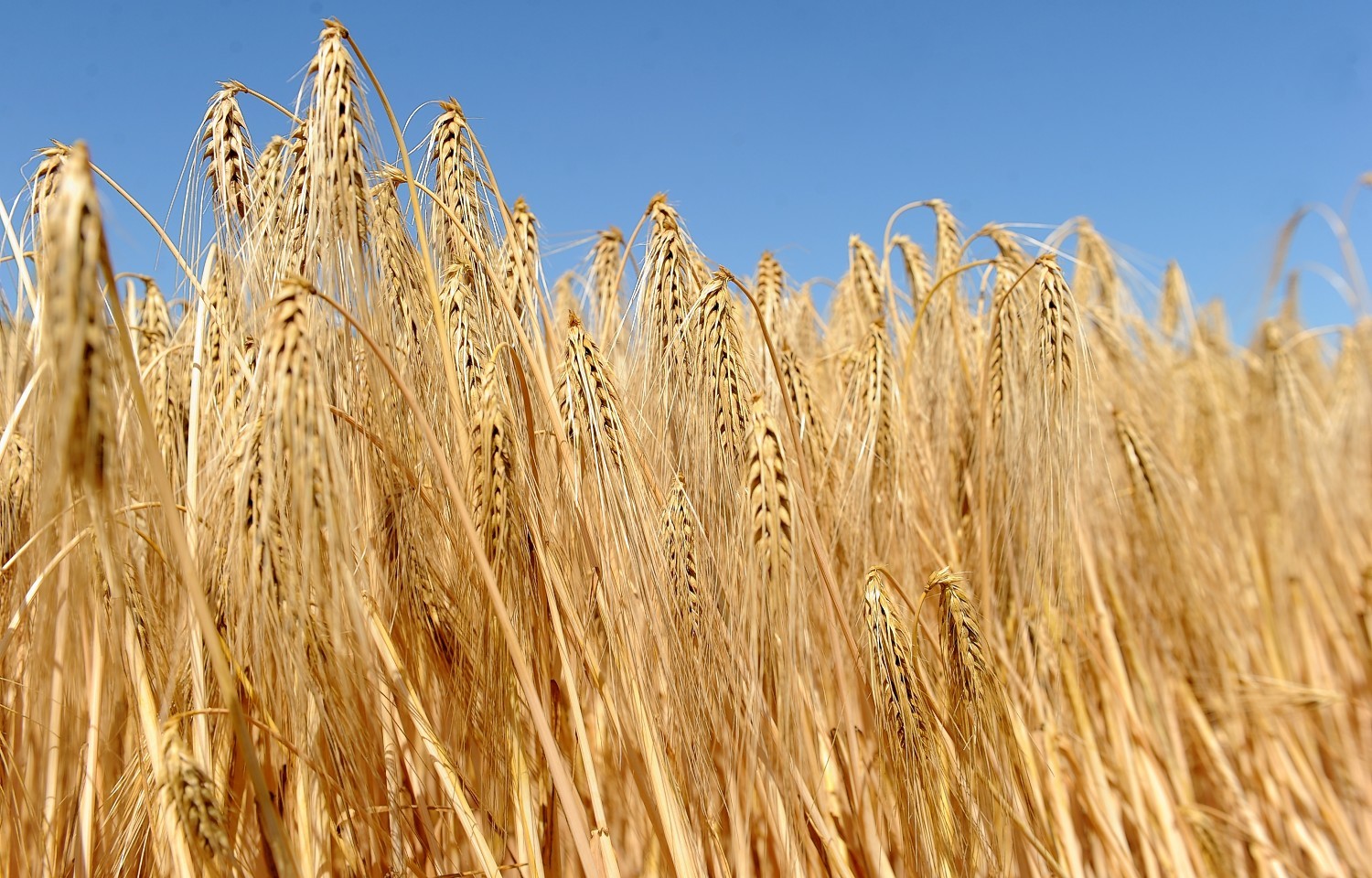A major scientific breakthrough which will help crop breeders develop more resilient varieties of barley has been announced by Scottish researchers.
The James Hutton Institute (JHI) has reported the first high-quality genome sequence of the plant which is expected to be an invaluable new resource for breeders aiming to produce varieties that will combat pests and diseases and deal with drought and heat stress.
Barley is the second most important crop in UK agriculture, and malting barley, which makes up 30% of the total, underpins the beer and whisky sector, worth £20billion to the UK economy.
However the barley genome is complex and almost two times larger than the human genome. Scientists were only able to unravel the data on more than 39,000 genes after recent advances in sequencing and computational technology.
A 10-nation consortium of scientists has been working on the project and the UK team leader is Professor Robbie Waugh, of JHI and the division of plant sciences at Dundee University.
Prof Waugh said the breakthrough meant breeders and scientists would be much better placed to deal with the challenge of addressing the food security agenda.
He added: “The genome provides a better understanding of malting genes, as well as the processes of domestication, local adaptation and modern breeding that have been critical in shaping current varieties.”
Prof Waugh’s team worked for over a decade with colleagues from the International Barley Genome Sequencing Consortium (IBSC), Earlham Institute and the European Bioinformatics Institute.
Dr Matt Clark, head of technology development at Earlham Institute, said the tools and skills developed while working on the barley genome had helped on smaller genomes such as rice and potatoes, and much larger ones such as bread wheat.
Barley was first domesticated between 10,000-12,000 years ago in the Middle East and has since spread across temperate regions to become the world’s fourth most important cereal crop.
Barley grain yields have more than doubled over the past 50 years, with studies revealing more than 90% of this improvement can be attributed to genetics.
